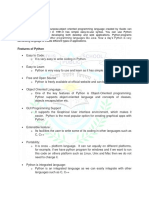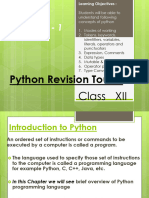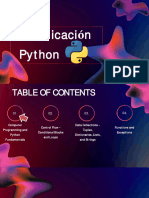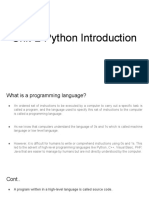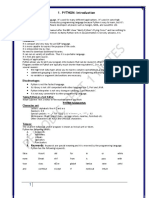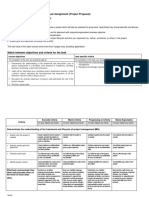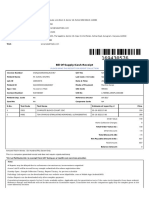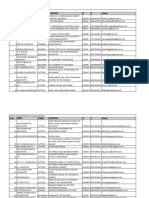0% found this document useful (0 votes)
19 views27 pagesUnit-2 - Geting Started With Python - Ch-6
Uploaded by
ramanujbehera91Copyright
© © All Rights Reserved
We take content rights seriously. If you suspect this is your content, claim it here.
Available Formats
Download as PPTX, PDF, TXT or read online on Scribd
0% found this document useful (0 votes)
19 views27 pagesUnit-2 - Geting Started With Python - Ch-6
Uploaded by
ramanujbehera91Copyright
© © All Rights Reserved
We take content rights seriously. If you suspect this is your content, claim it here.
Available Formats
Download as PPTX, PDF, TXT or read online on Scribd
/ 27



